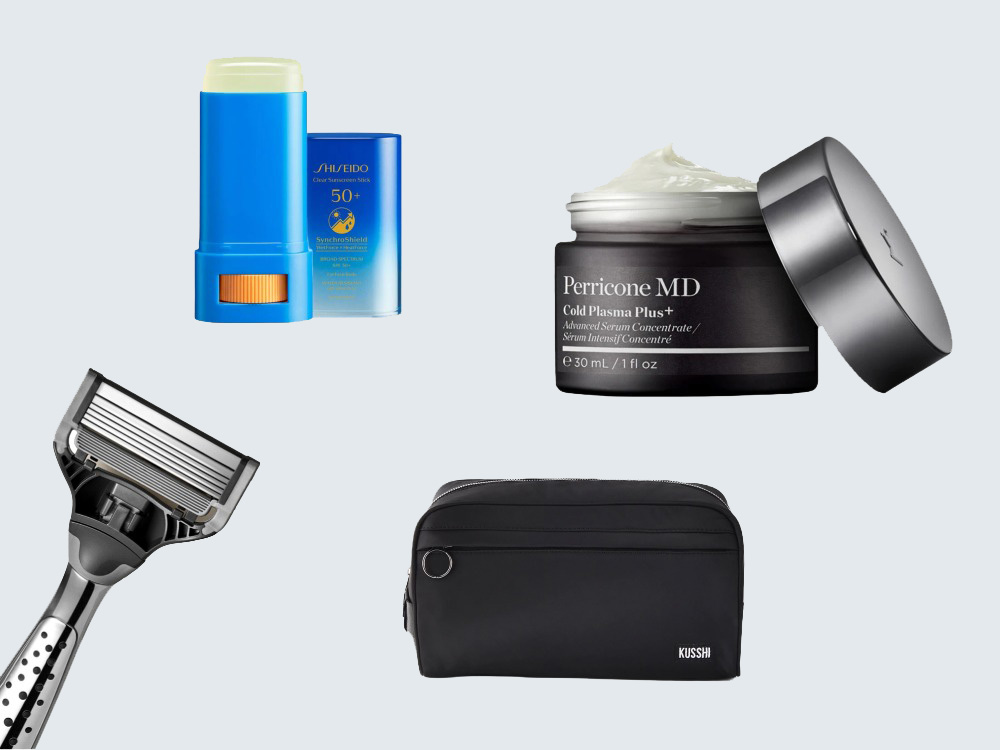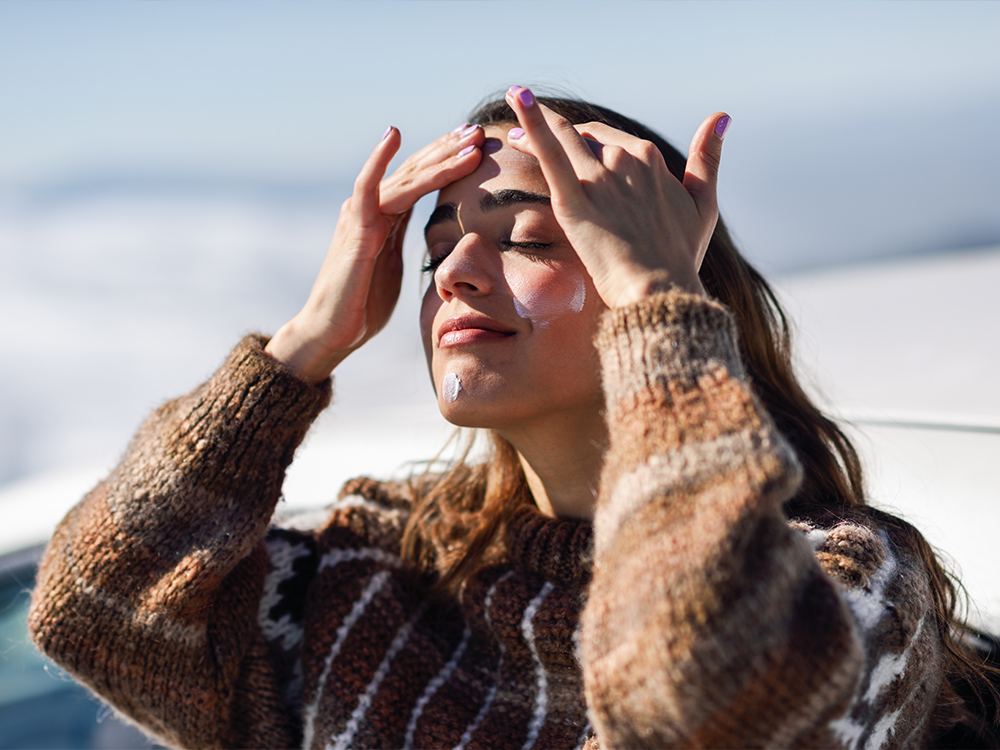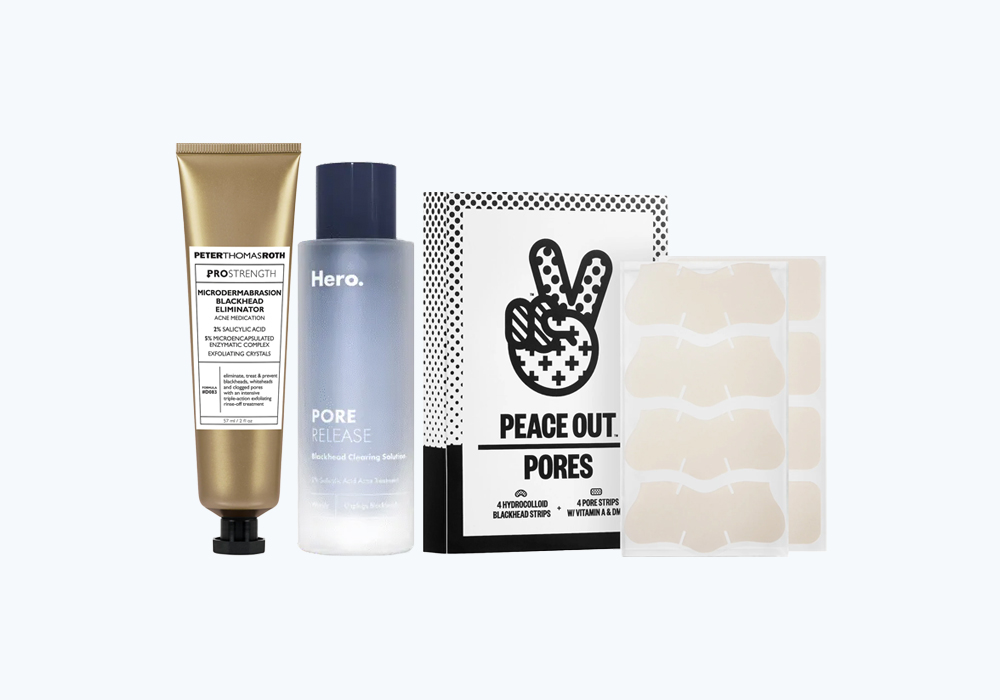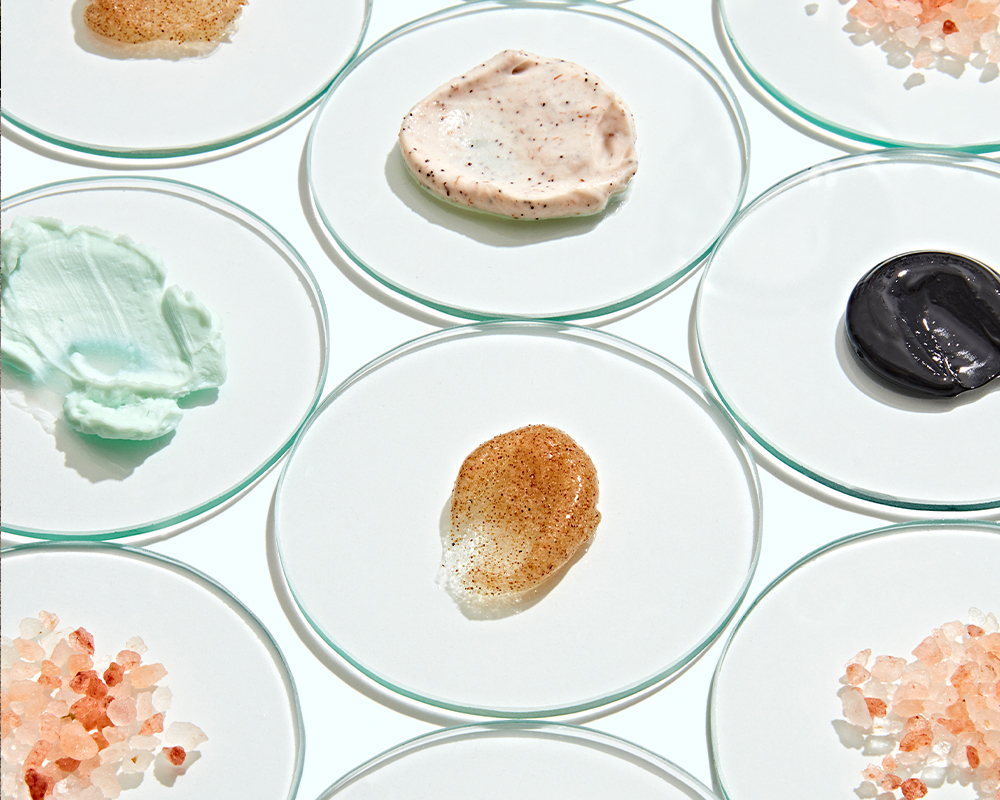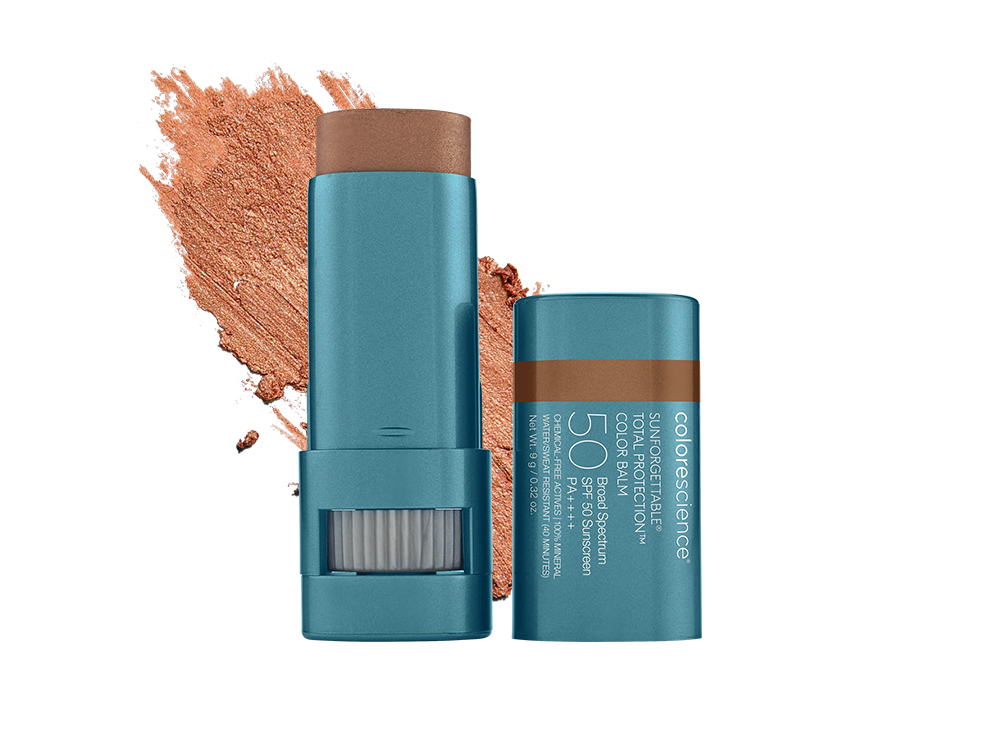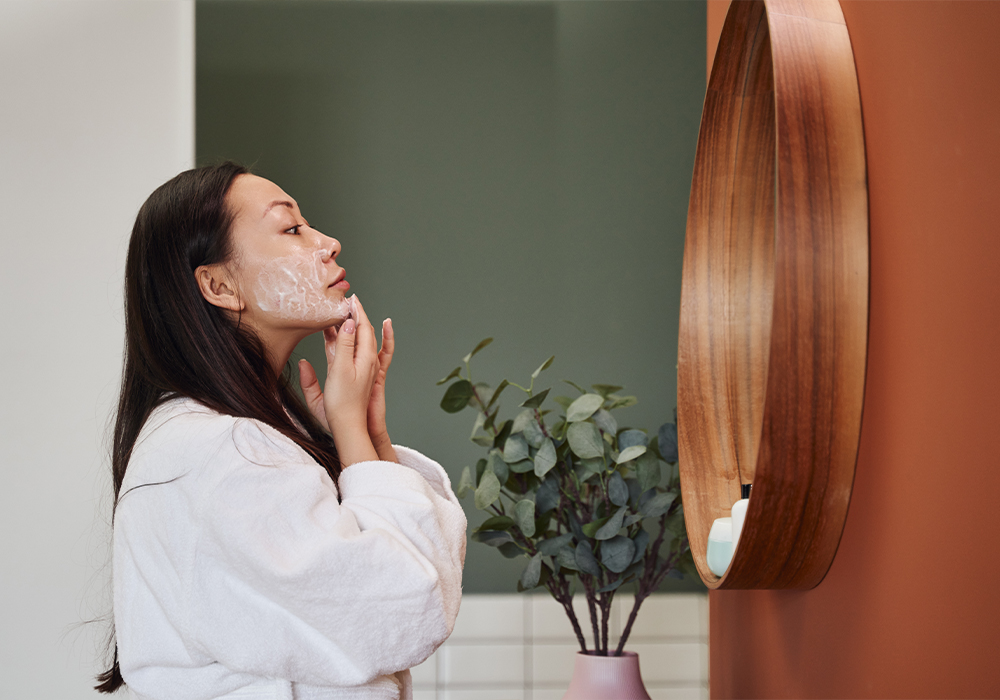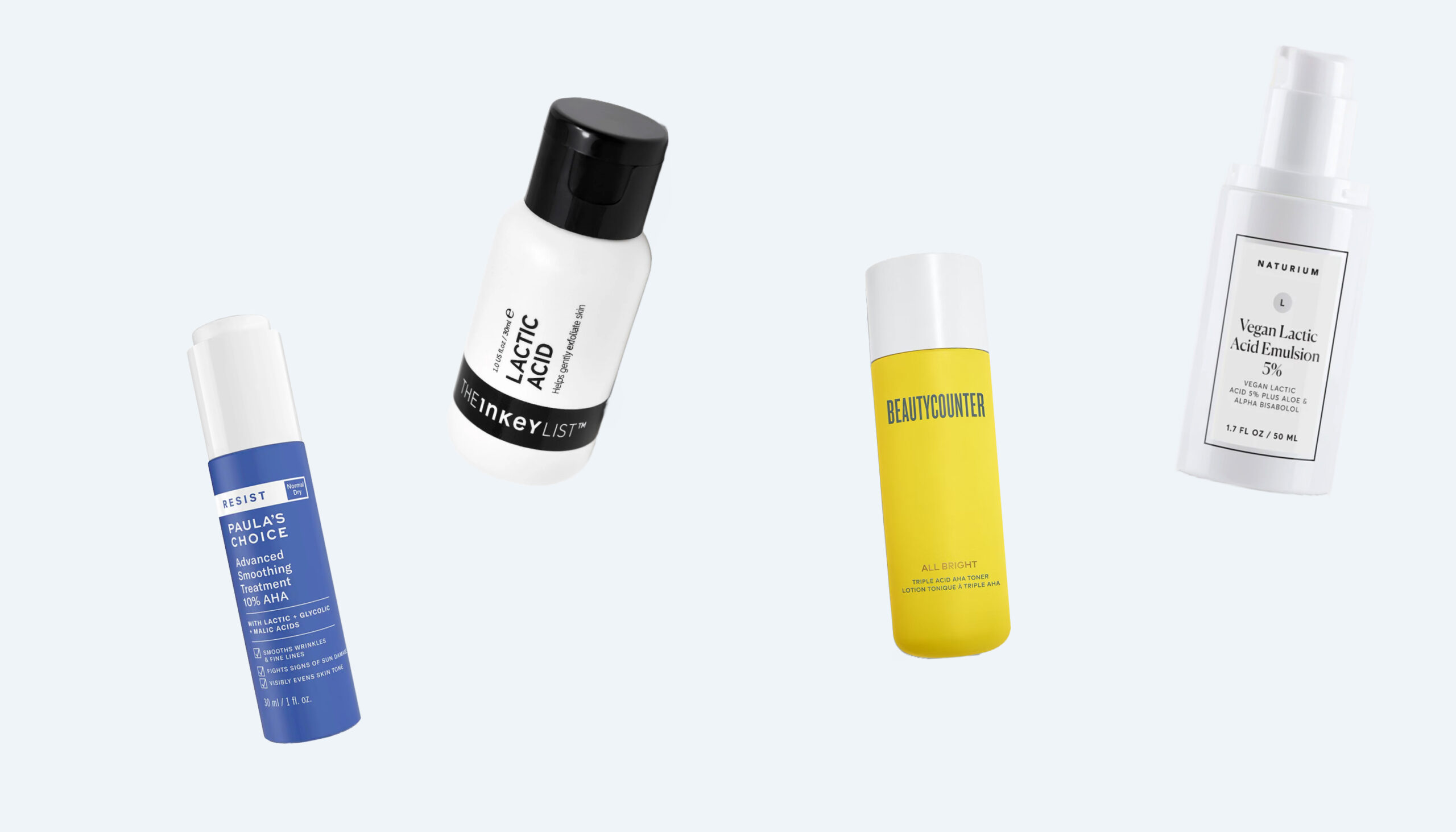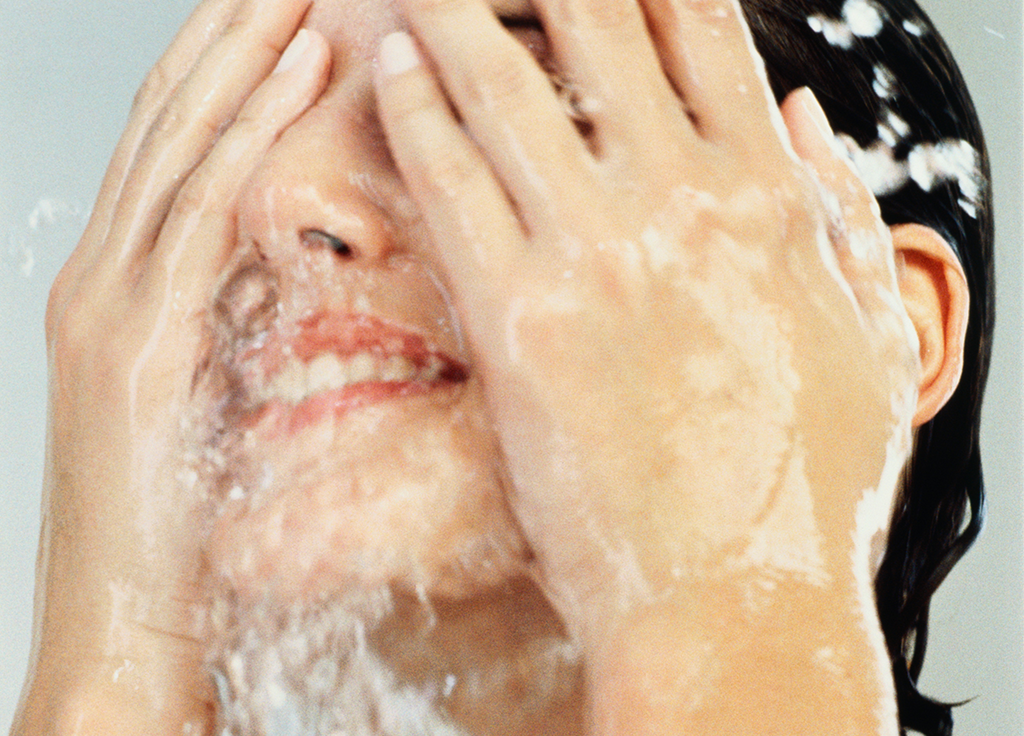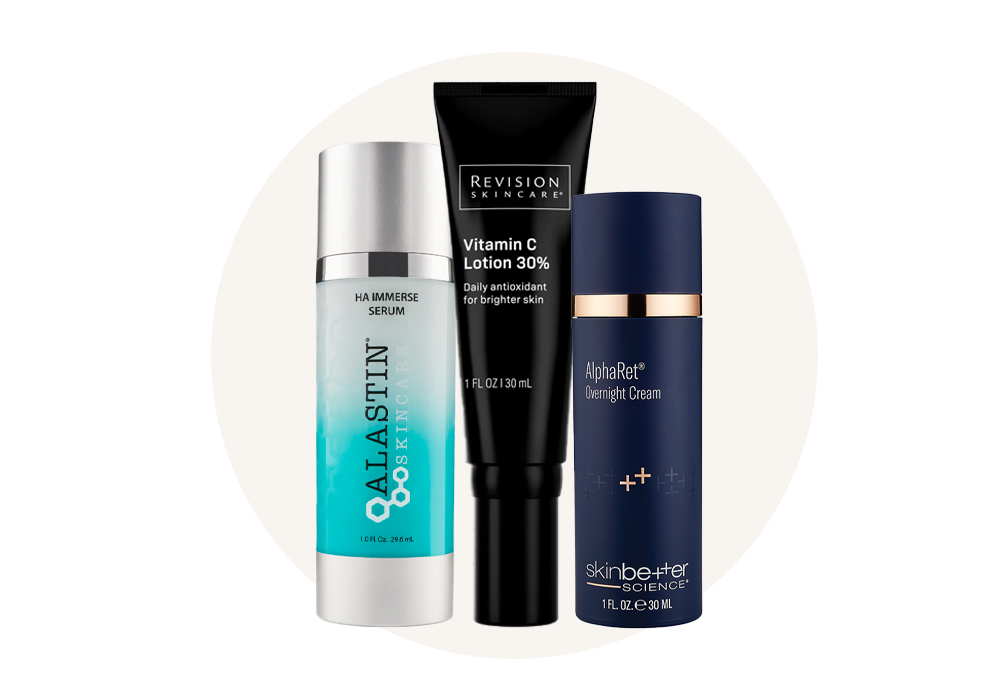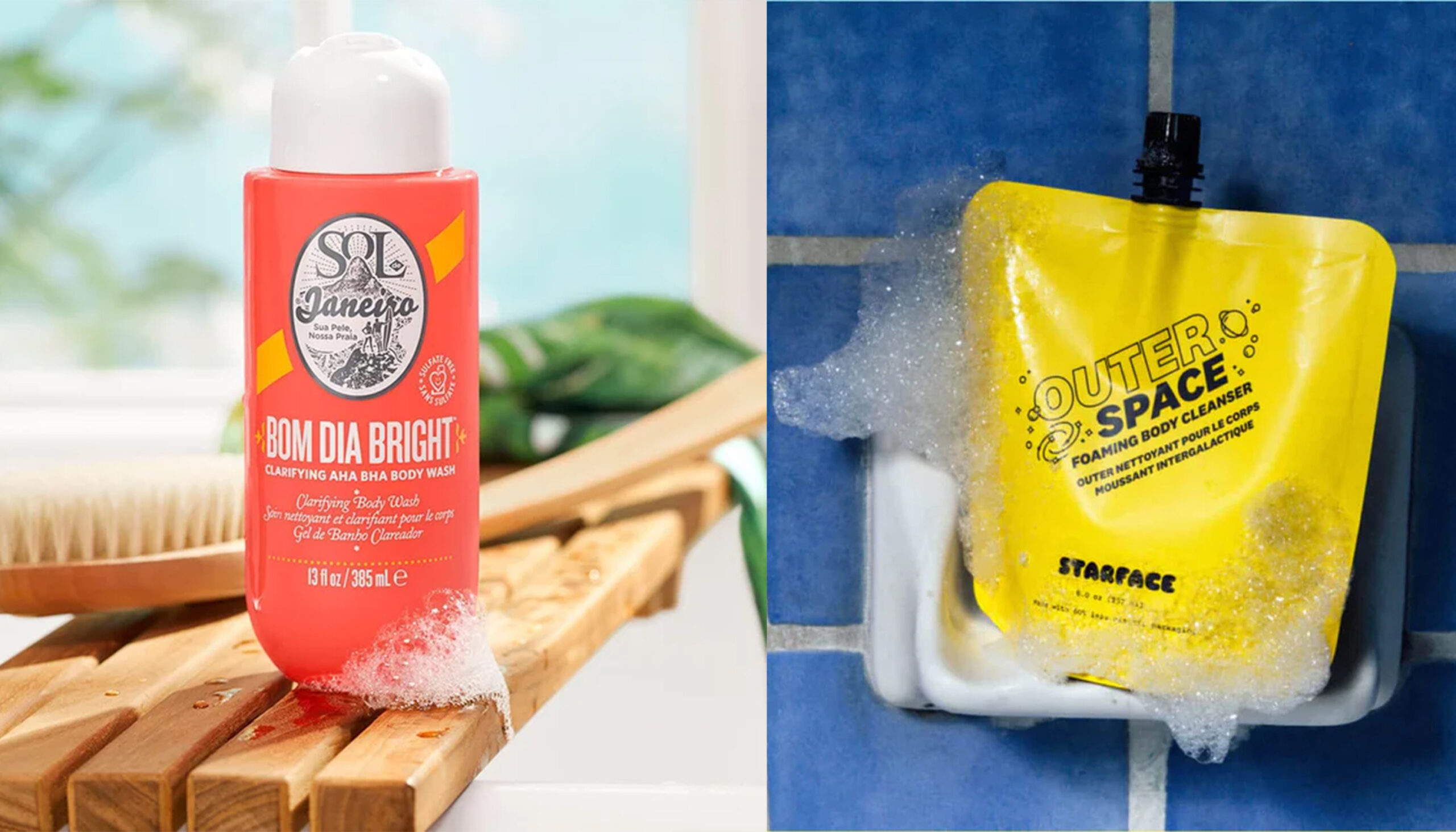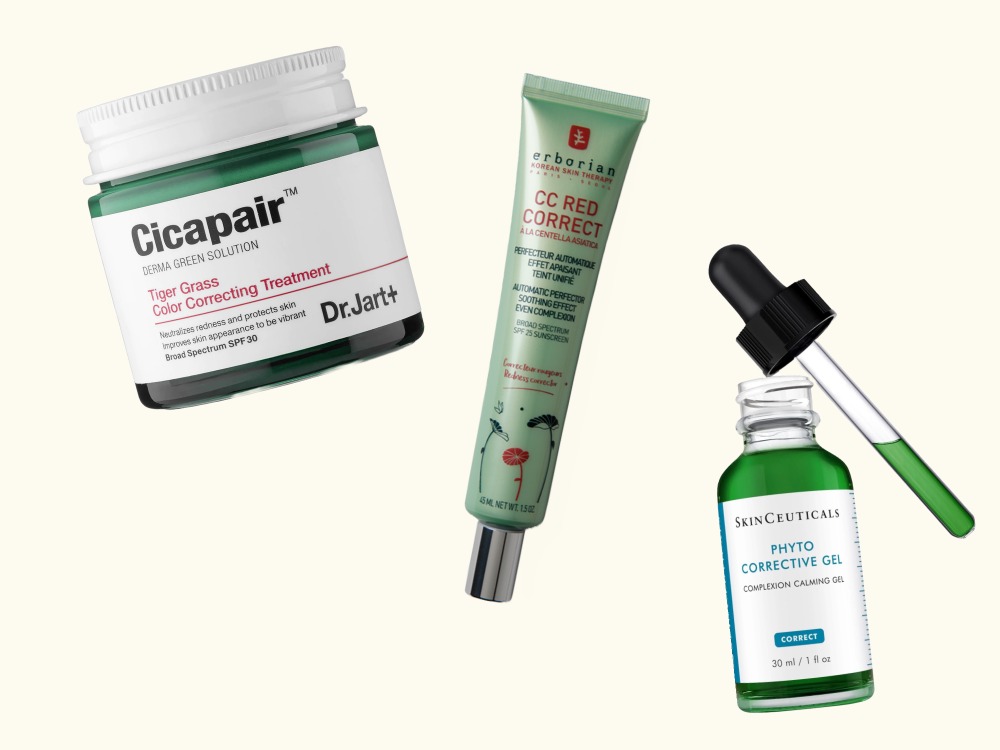According to the American Acne and Rosacea Society, nearly 16 million Americans have rosacea. To put that statistic in perspective, that’s as if every single person in Pennsylvania and the entire population of Louisiana was struggling with red, inflamed skin on the face.
Rosacea is a persistent, common problem, but unlike acne, dry skin, or eczema, many of us don’t know much about where it comes from or how to treat it. The American Acne and Rosacea Society is working to change that by advocating for increased access to rosacea care and funding research to better understand rosacea. If you think you may have rosacea, it’s best to schedule a visit with your board certified dermatologist for an official diagnosis.
What Is Rosacea?
Rosacea is a chronic skin condition. The exact cause is unknown, but experts suspect that genetic components, local factors on the skin, including changes in immune and nervous system responses as well as local flora, may all be involved. Rosacea may also be tied to health conditions like heart disease, autoimmune diseases and certain cancers.
How to Spot Rosacea:
The condition often shows up without warning in people between ages 30 and 50, more commonly in women and in those who have family members with rosacea. If you have fair skin and blush or flush easily, you may be at greater risk for rosacea. People of northern and eastern European descent may also be at a higher risk, although rosacea can show up on people with any skin color.
For some people, rosacea symptoms show up without prompting. For others, a catalyst such as steroid treatment, chronic sun exposure, or dietary triggers can cause rosacea to appear. Rosacea can show up as red patches, bumpy skin, thickened skin, and also with red bumps and pustules. Skin may also feel itchy or hot and many patients complain of burning and stinging. The good news is that rosacea is non-contagious and only shows up on some areas of the skin. The bad news is that the area is the most visible one— the face. Rosacea typically shows up on the cheeks, nose, forehead, and chin but may also affect the eyes.
If You Think You Have Rosacea:
If you think you may have rosacea, it can be helpful to eliminate triggers from your lifestyle. Triggers will differ from person to person, but a few common rosacea triggers include sun exposure, stress, wind, very hot or very cold air, humidity, strenuous exercise, alcohol, hot showers, spicy food, hog beverages, some skincare products, certain medications, and certain foods. These triggers aren’t the cause of rosacea, but they may worsen symptoms or cause a flare in someone who has the condition. If you think you may have rosacea, doctors recommend paying attention to your own diet and lifestyle to notice when flares occur.
In addition to limiting your triggers, the AARS encourages adding behaviors that may inhibit rosacea into your lifestyle. Instead of sugary drinks, which can cause inflammation, opt for water. Wear sunscreen daily, as sunscreen will both help protect your skin from sun-triggered flare-ups and harmful UV rays. Keeping stress at a minimum, though many times difficult, may also help prevent flares. Finally, work with your dermatologist to create an overall skin-care routine that includes a cleanser, moisturizer, and SPF, in addition to your rosacea treatment. An everyday skincare routine can help normalize your skin and minimize flare-ups.
How to Treat Rosacea:
Rosacea isn’t curable, but it is treatable. The AARS suggests talking to your dermatologist about a multi-prong treatment approach, which may include topical treatments, oral antibiotics, laser therapy, or surgery. Whatever method you and your doctor choose, it’s important to follow the treatment instructions—according to the National Rosacea Society, 88 percent of patients said rosacea worsened or reappeared when they didn’t stick to medication as directed. Clearance is an option, so work with your dermatologist to find the best treatment for you.
The only FDA-approved oral treatment for rosacea is doxycycline, a prescription antibiotic that can help zap the red zits that occur in rosacea patients. Doctors may also suggest topical treatments which can help reduce redness and treat the pimples on the face. In some cases, dermatologists may suggest a pulsed dye laser (PDL) or intense pulsed light therapy (IRP) to eliminate surface blood vessels that can give skin the appearance of redness. Your dermatologist will help you decide which treatment is best for your lifestyle and your skin.
In addition to medical treatments, patients often find concealers and foundations helpful to camouflage redness. Many people with rosacea report feeling shame or embarrassment due to the condition, and redness-reducing concealers are one way to mask symptoms of rosacea while a treatment plan runs its course.
To make sure we all have access to rosacea treatment, the American Acne and Rosacea Society is working with insurers to increase prescription coverage for acne and rosacea patients. Learn more about the fight to treat acne and rosacea and sign your name to support the Declaration to Save Acne here.
The American Acne and Rosacea Society is a 501(c)(3) non-profit public benefit corporation devoted to changing the misunderstanding that acne and rosacea are little more than cosmetic disorders. We strive to provide information about acne and rosacea, promote and fund clinical research, and improve patient care. Learn more at acneandrosacea.org

